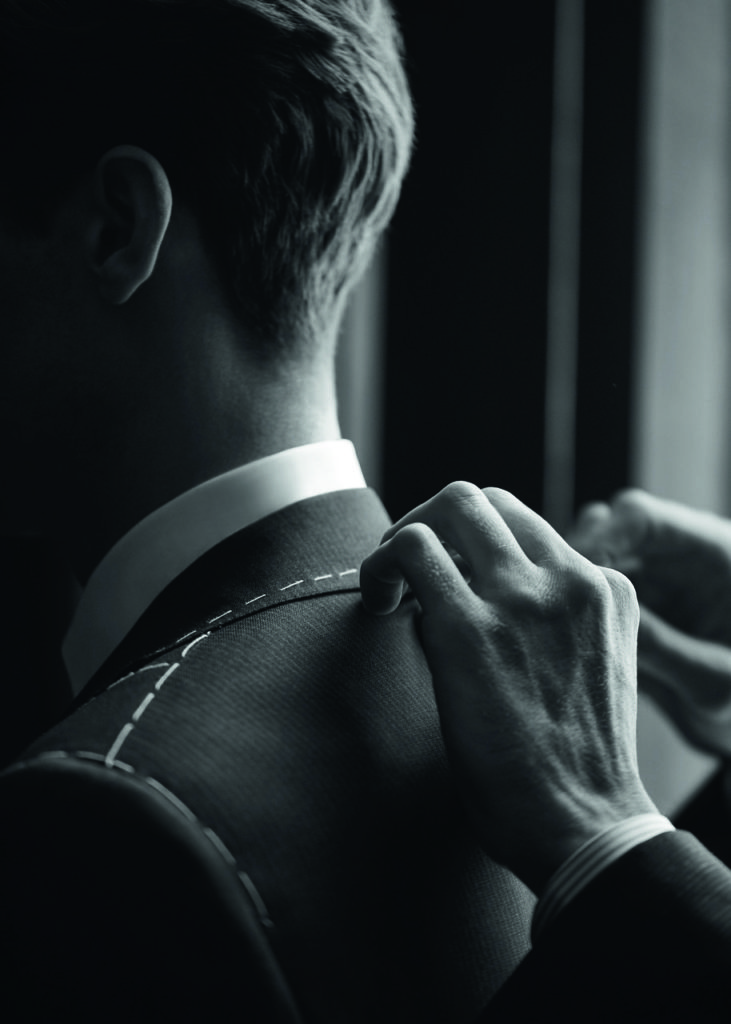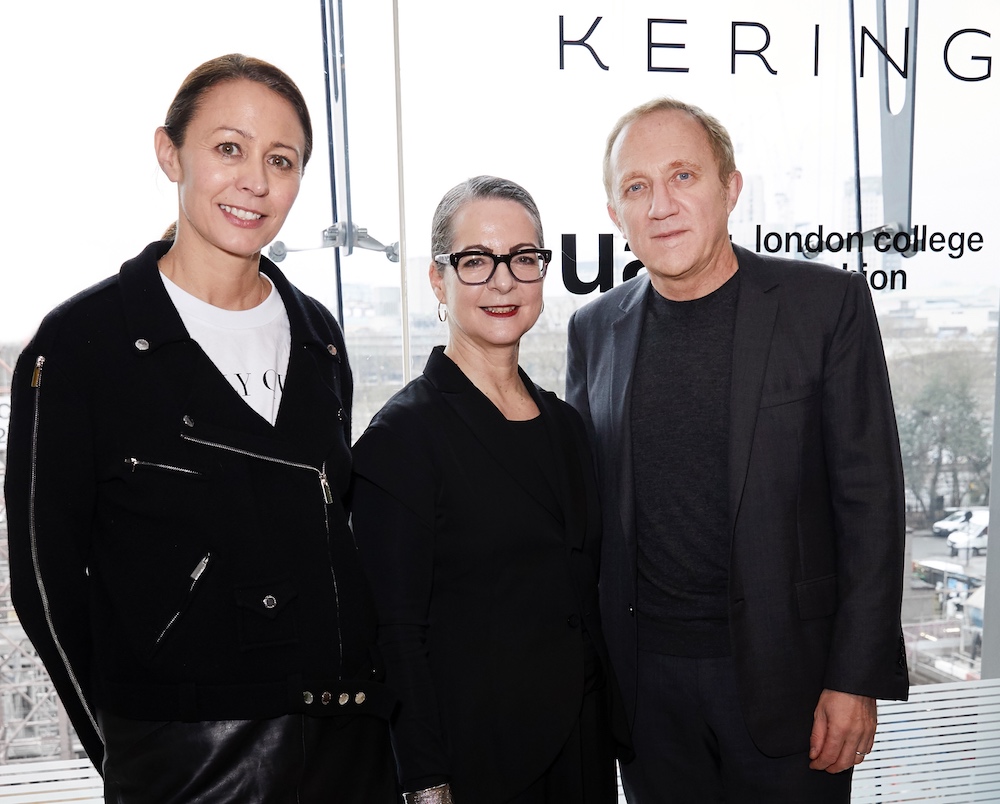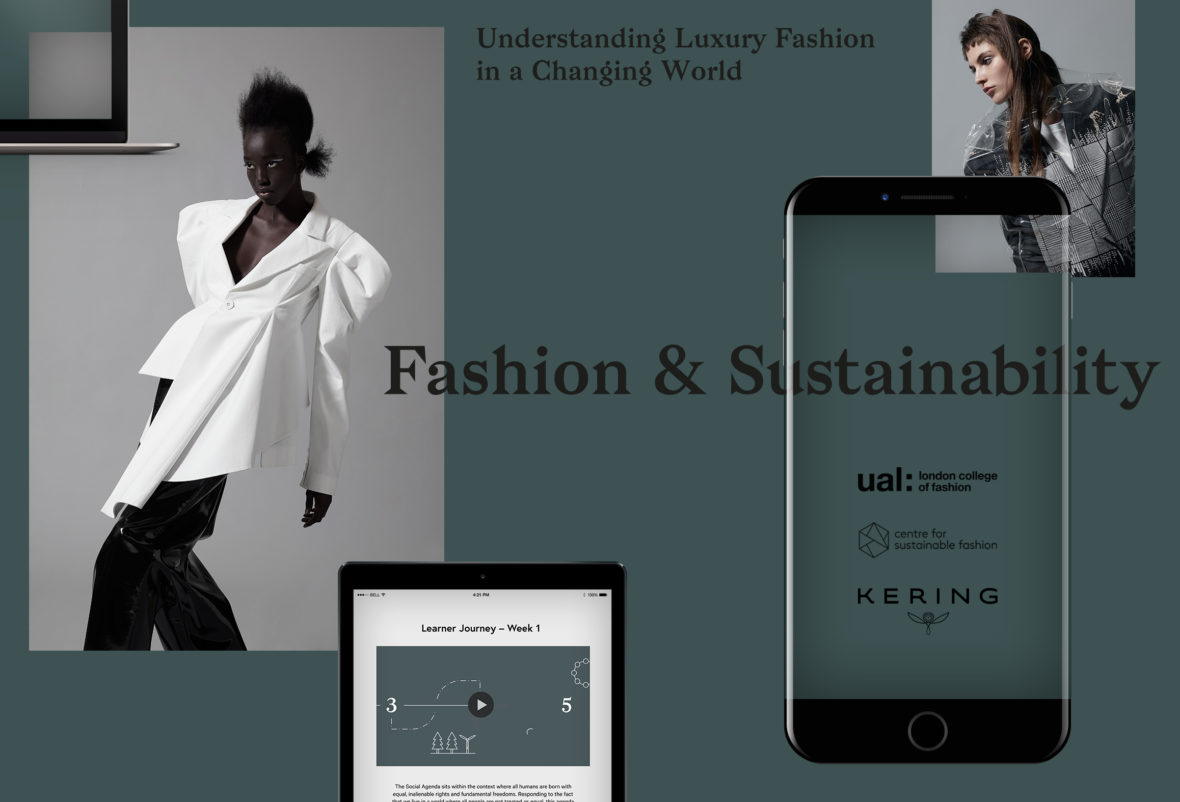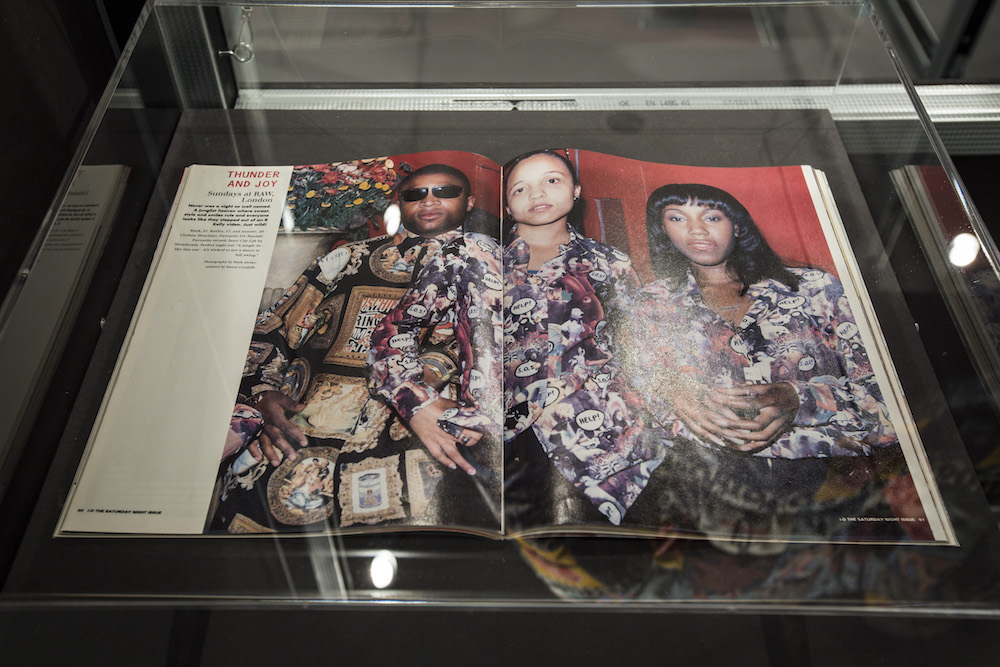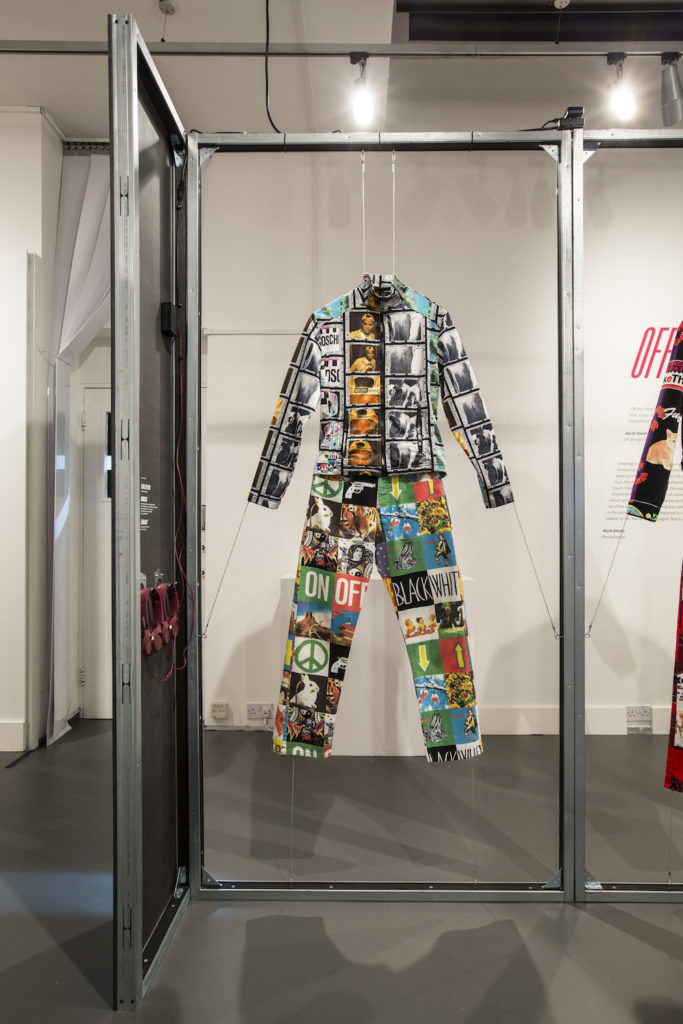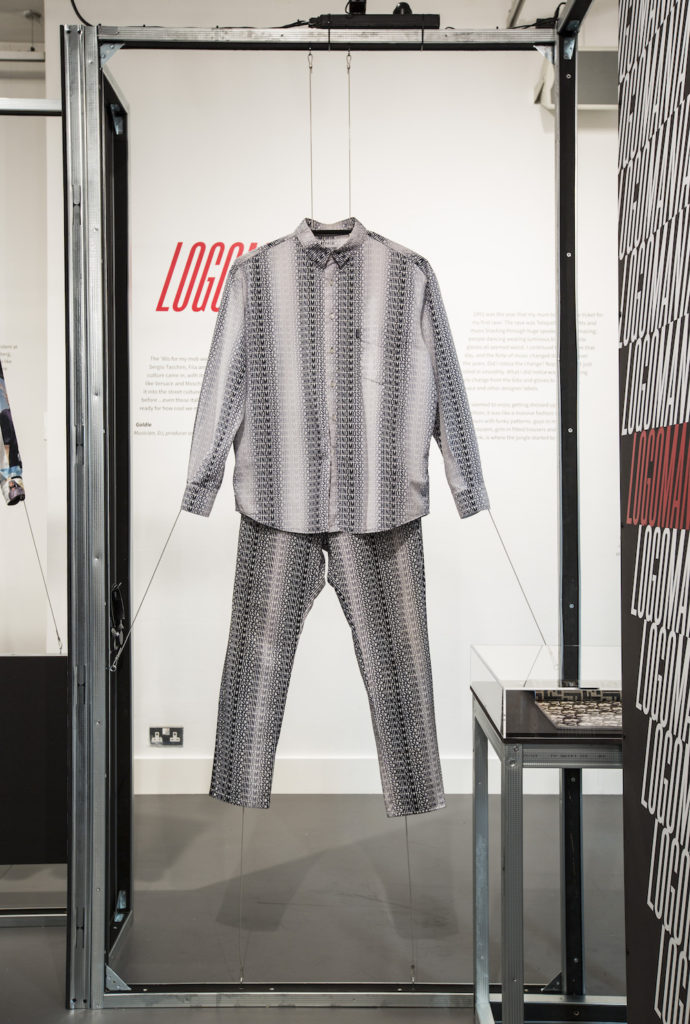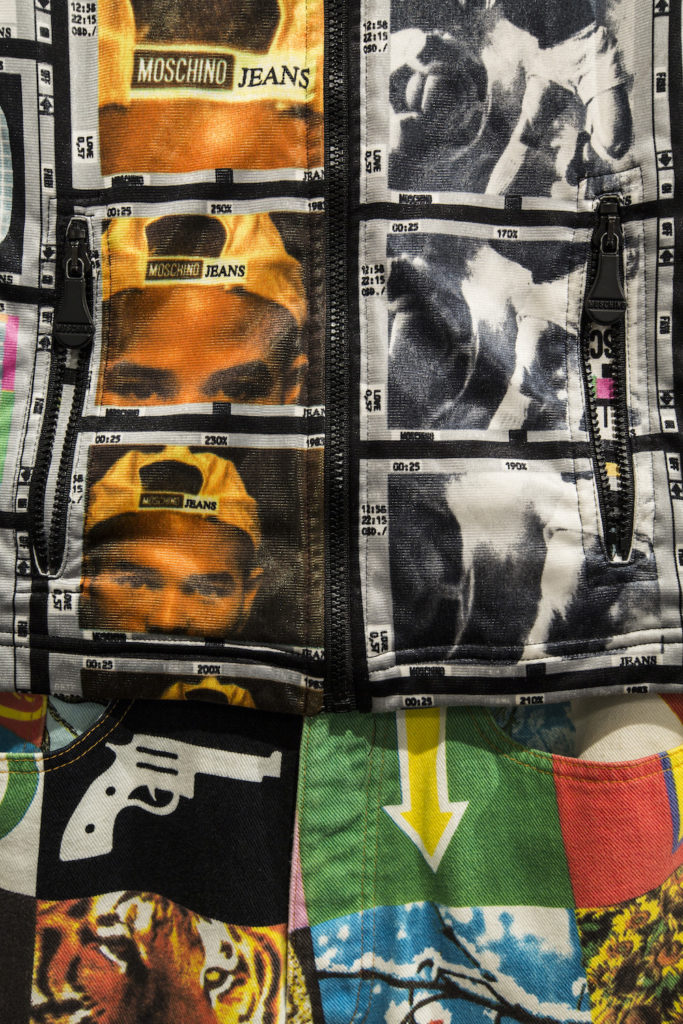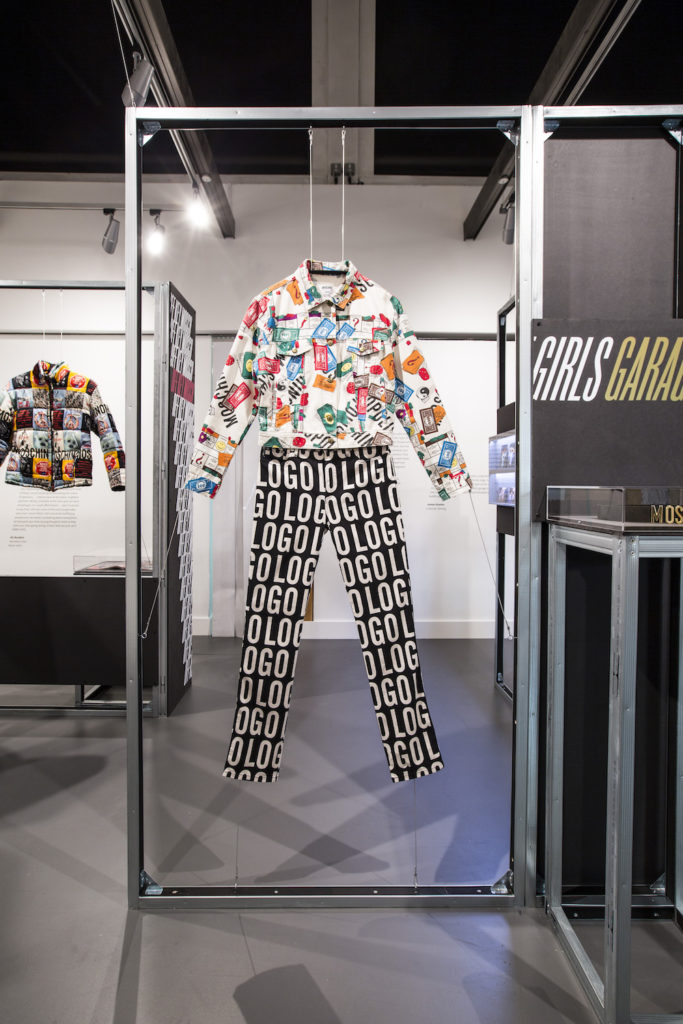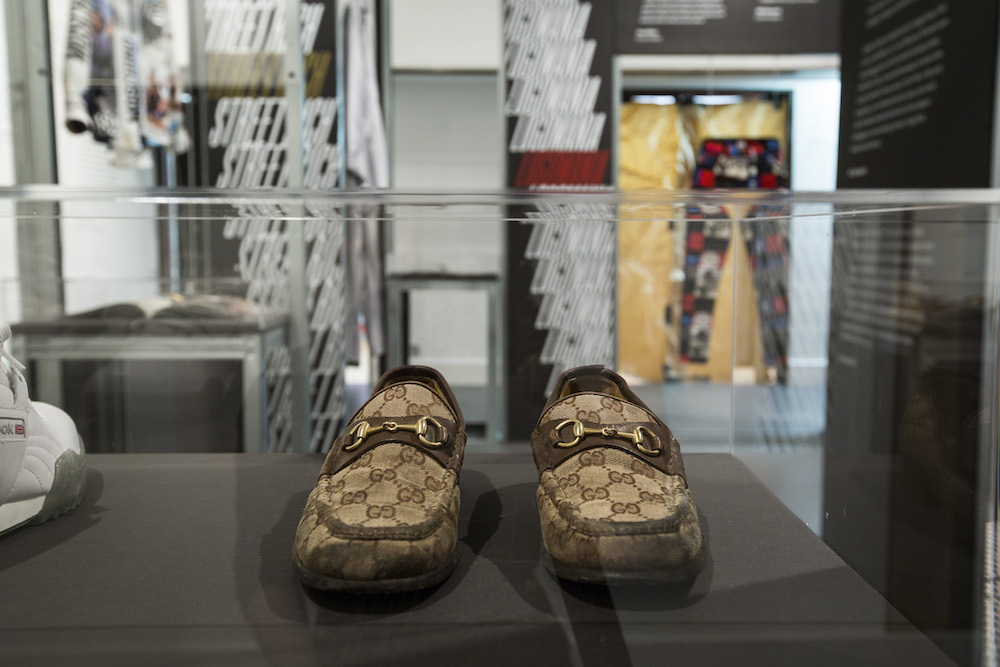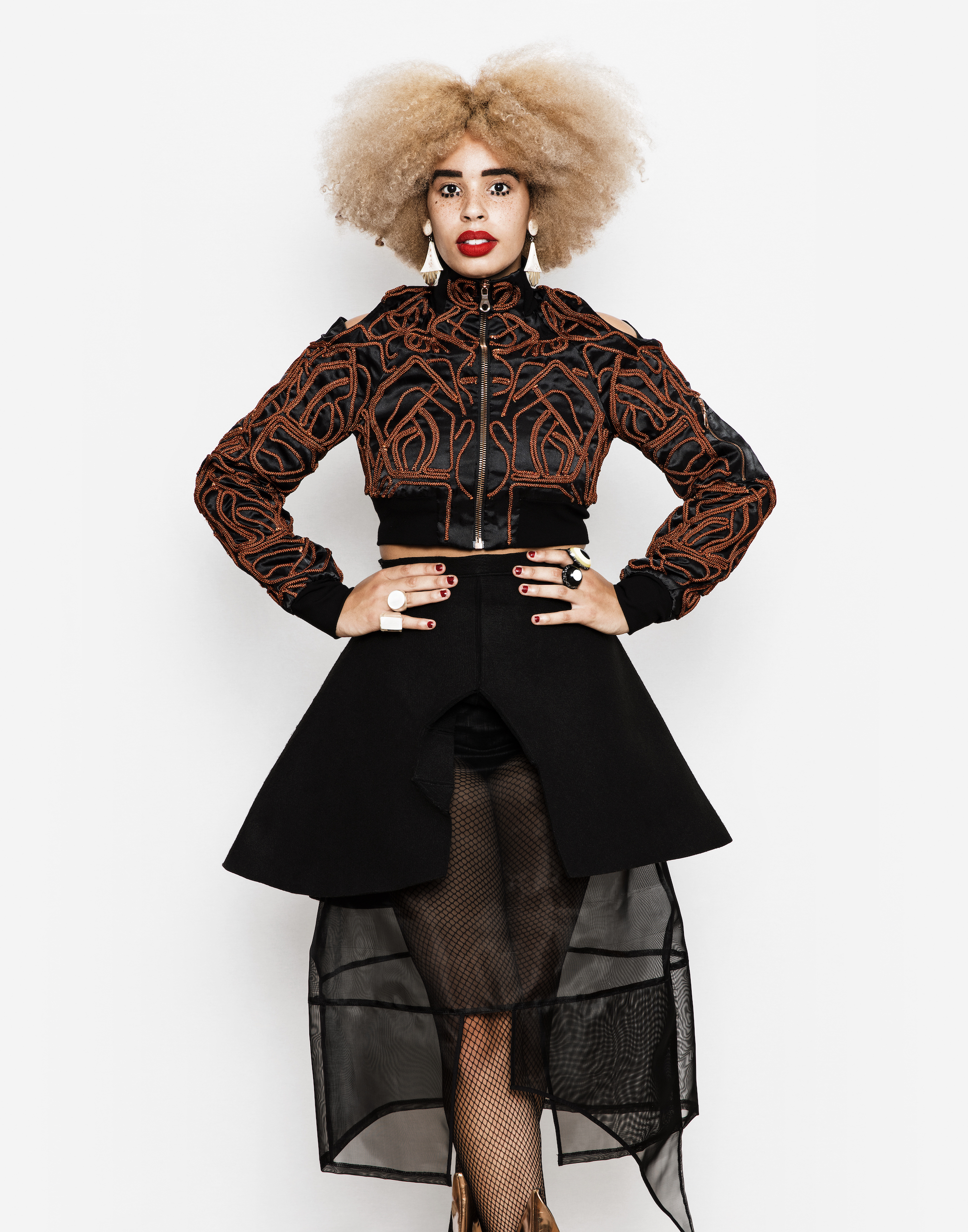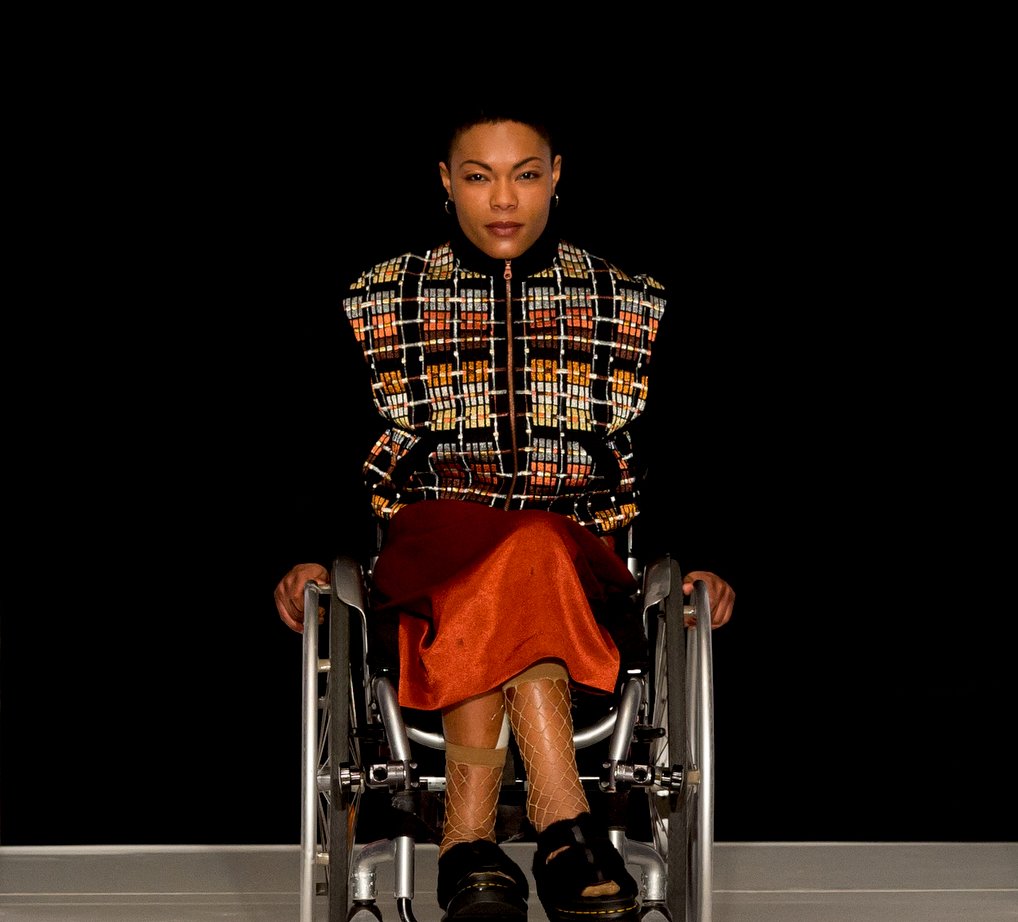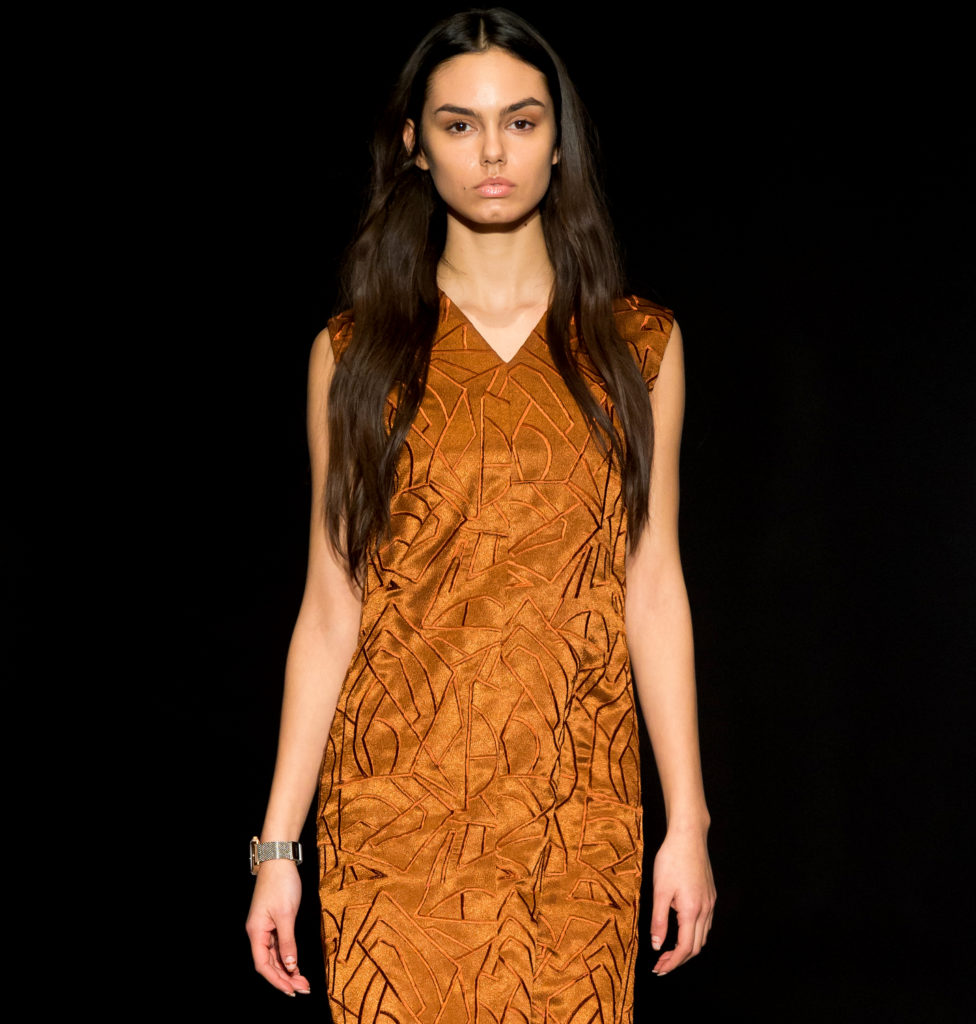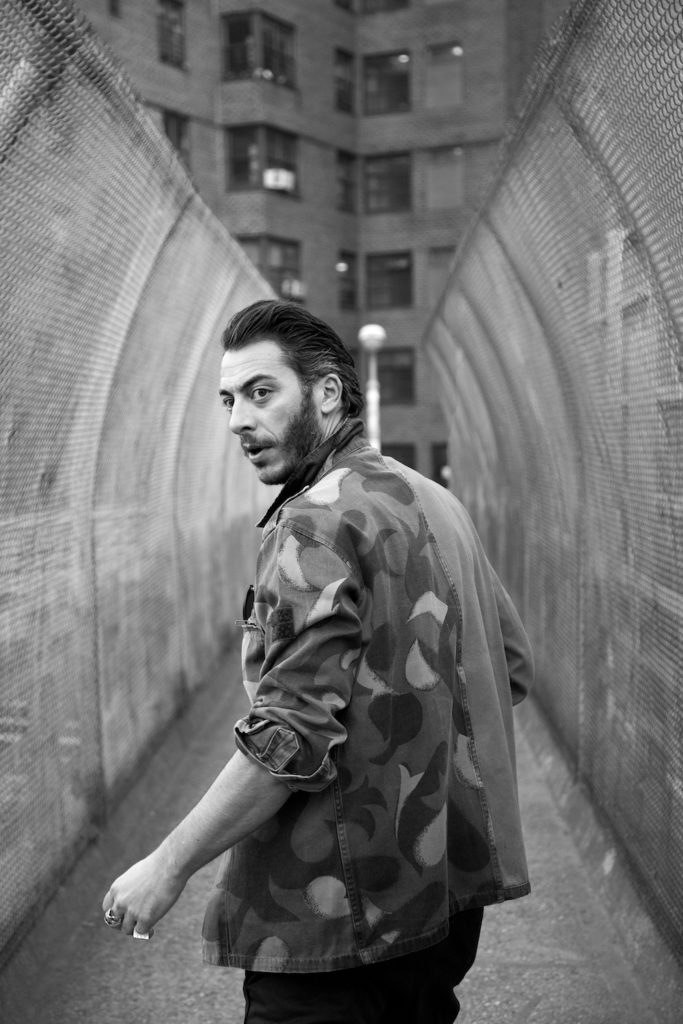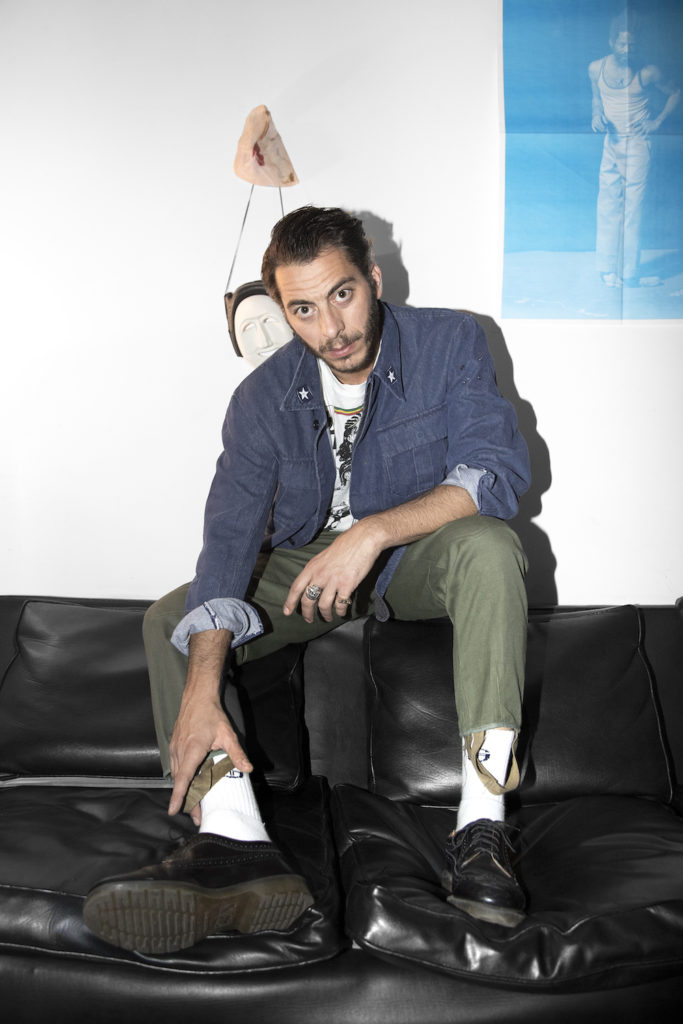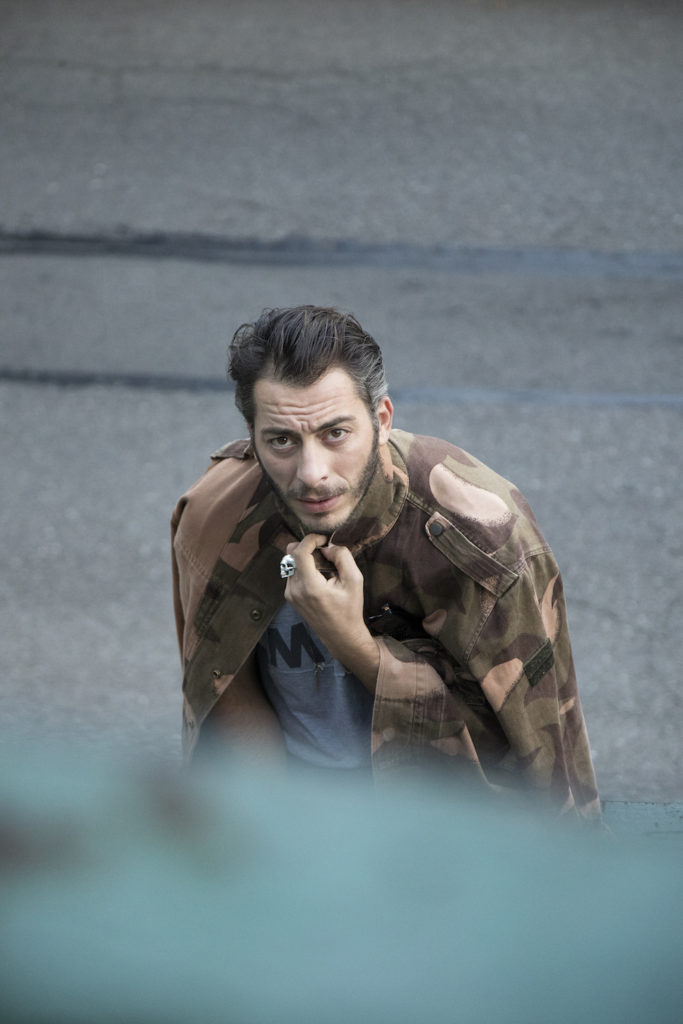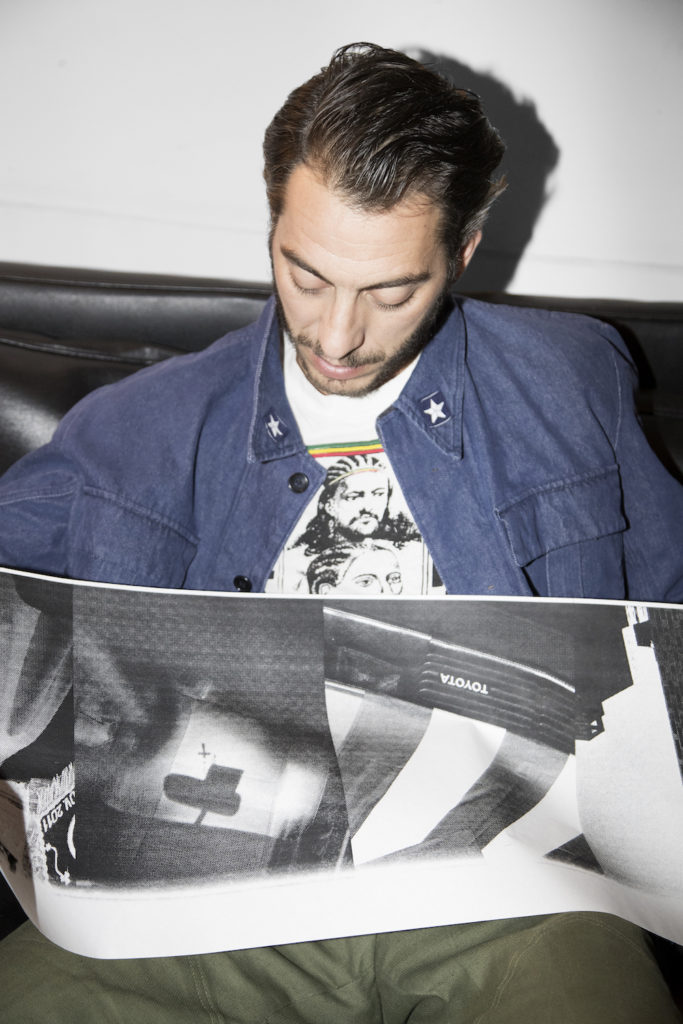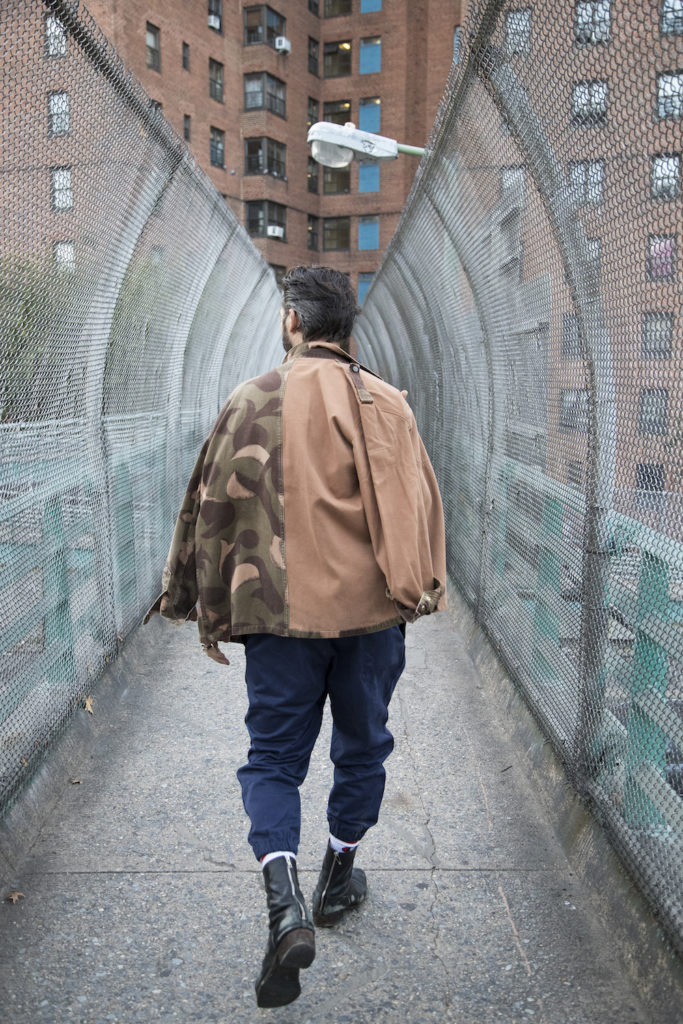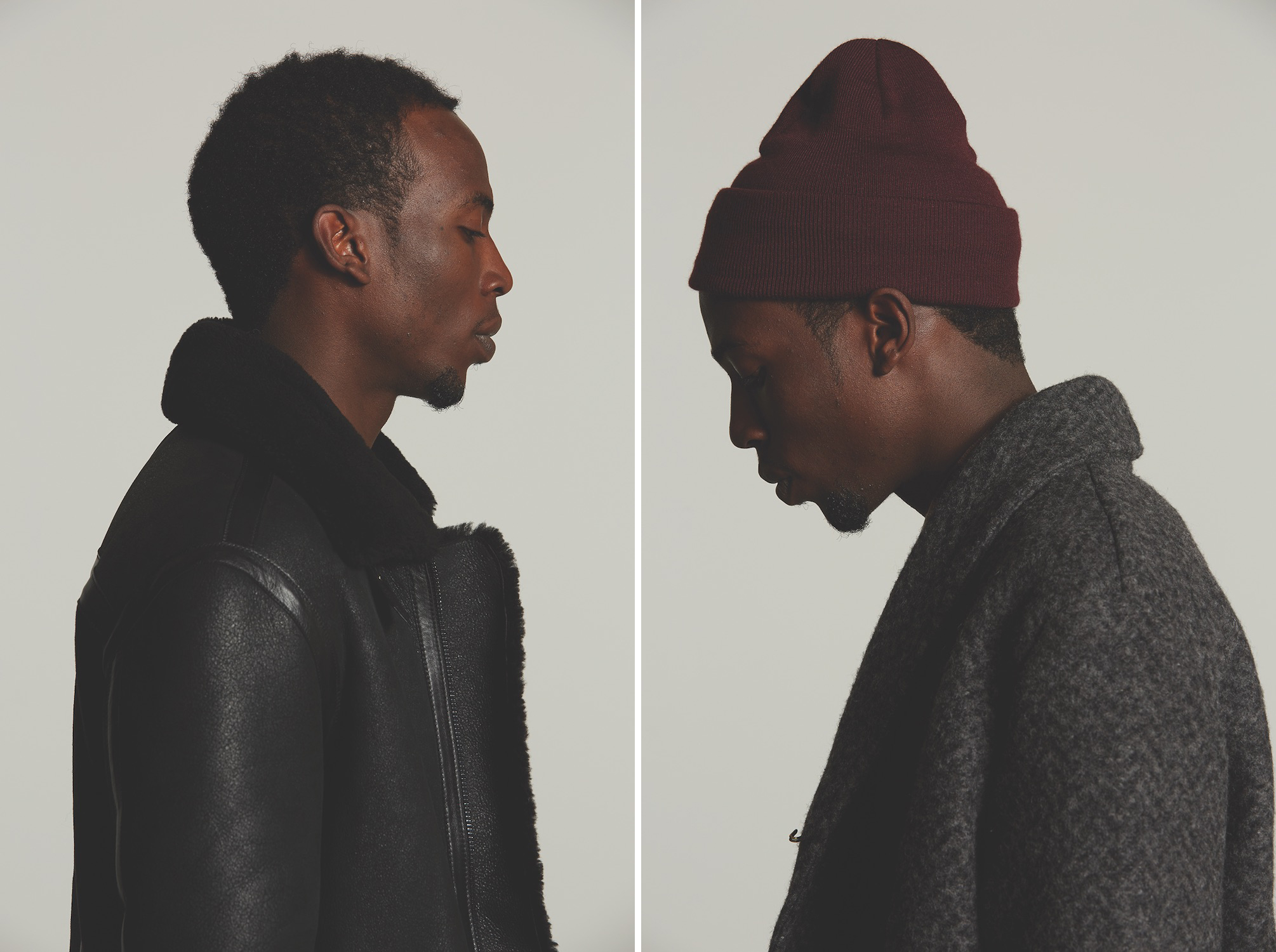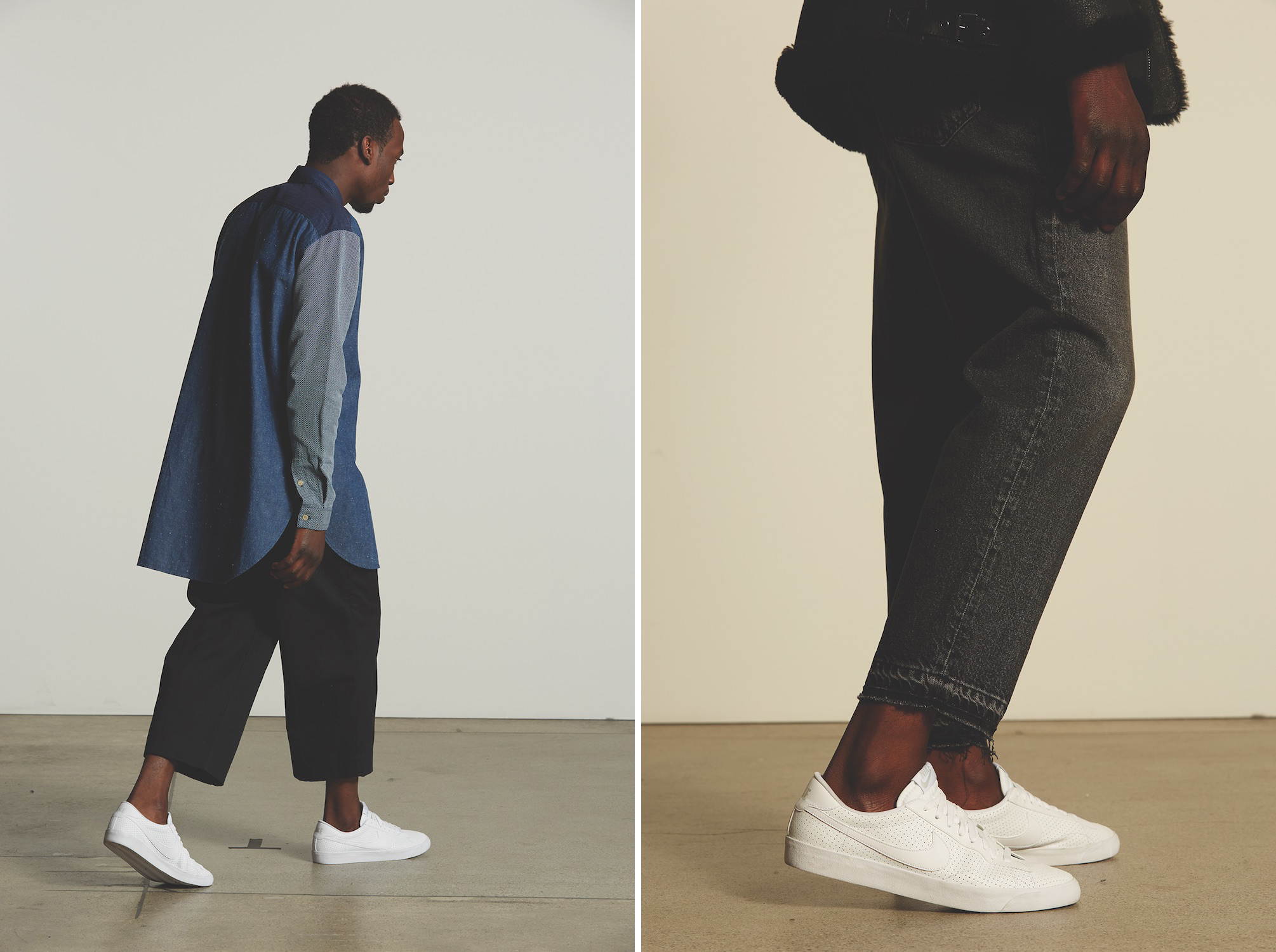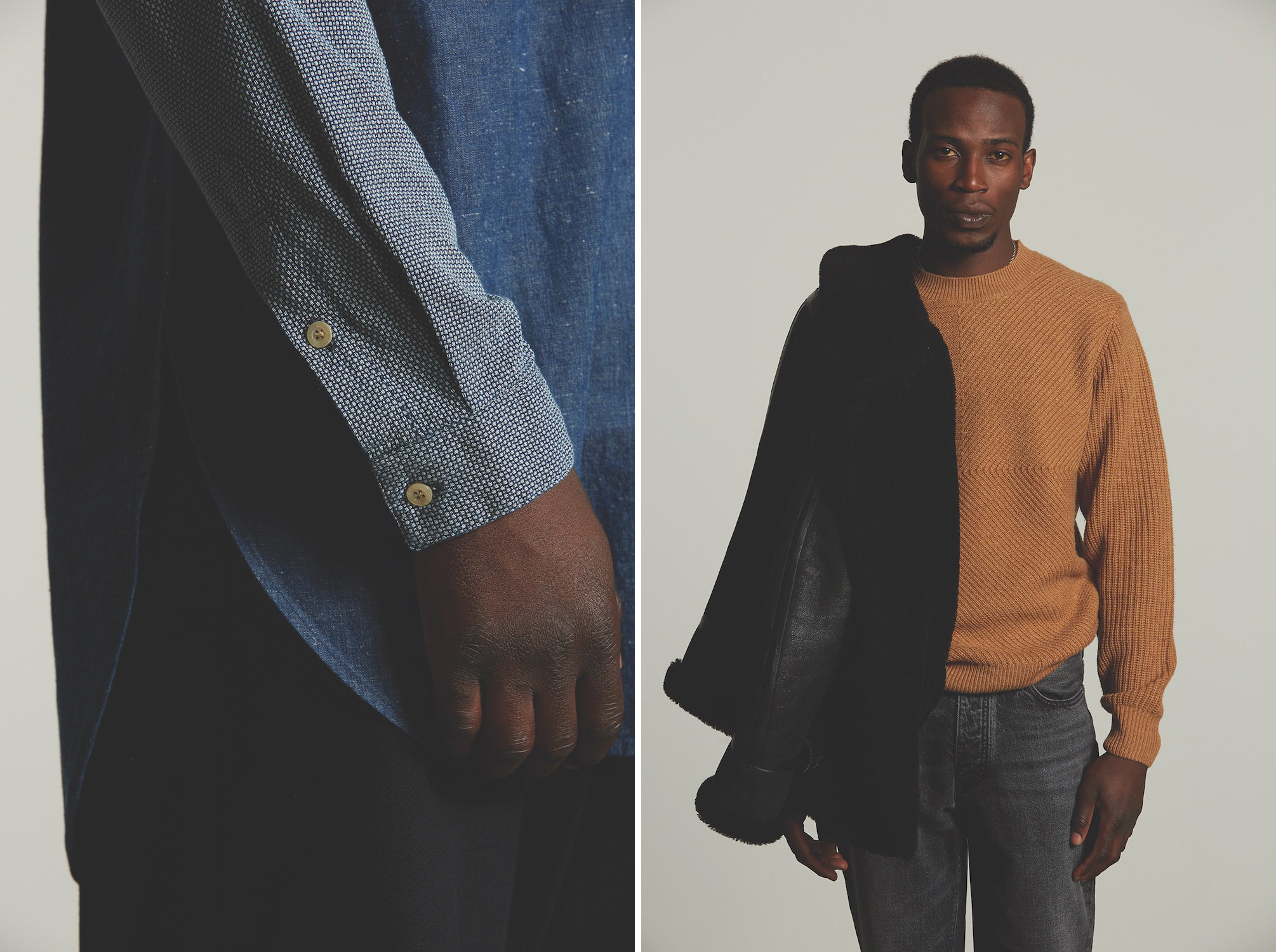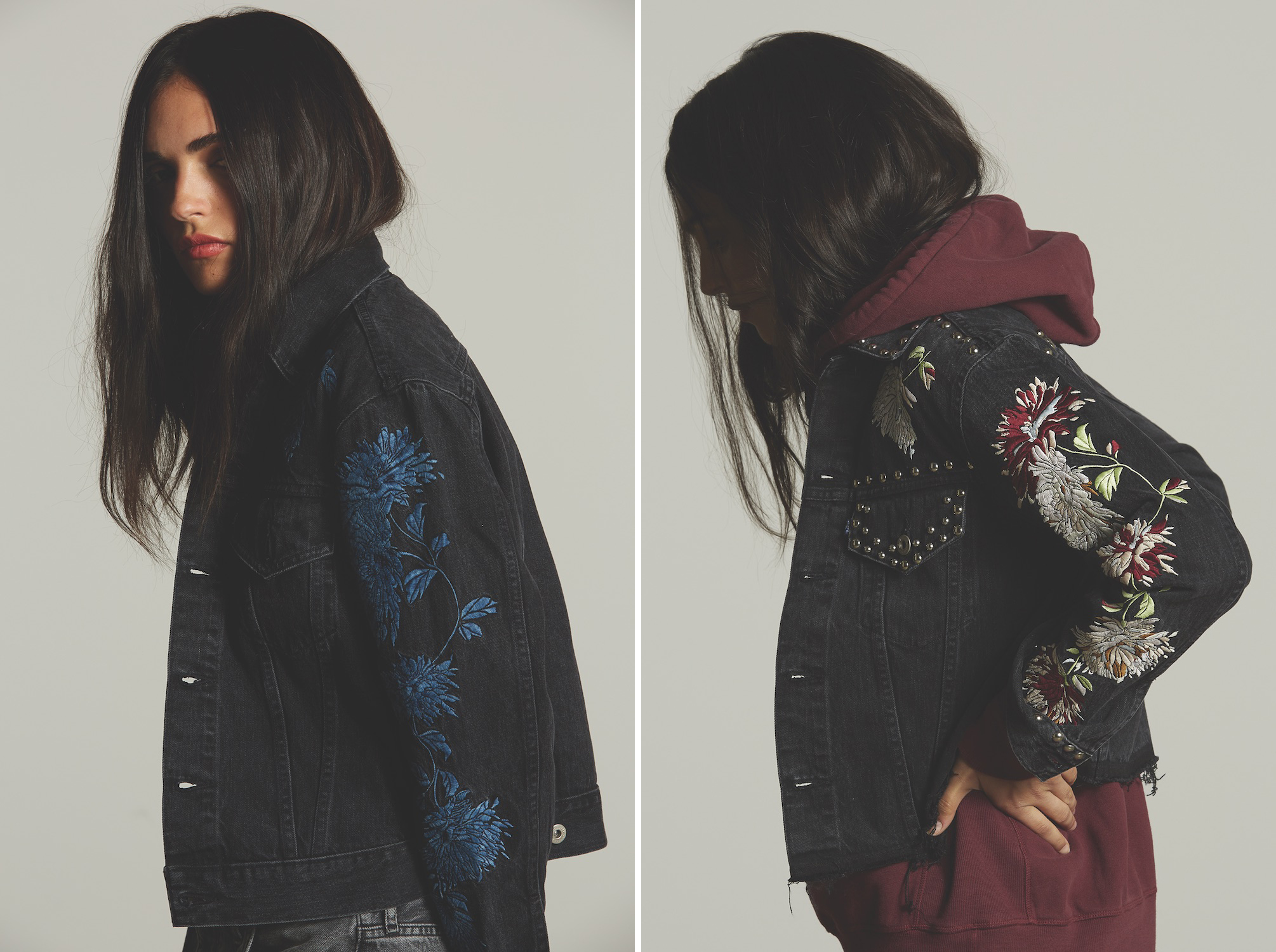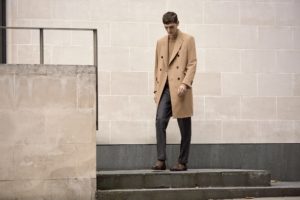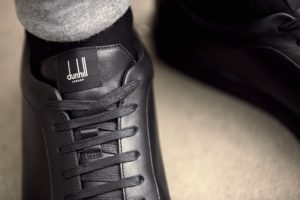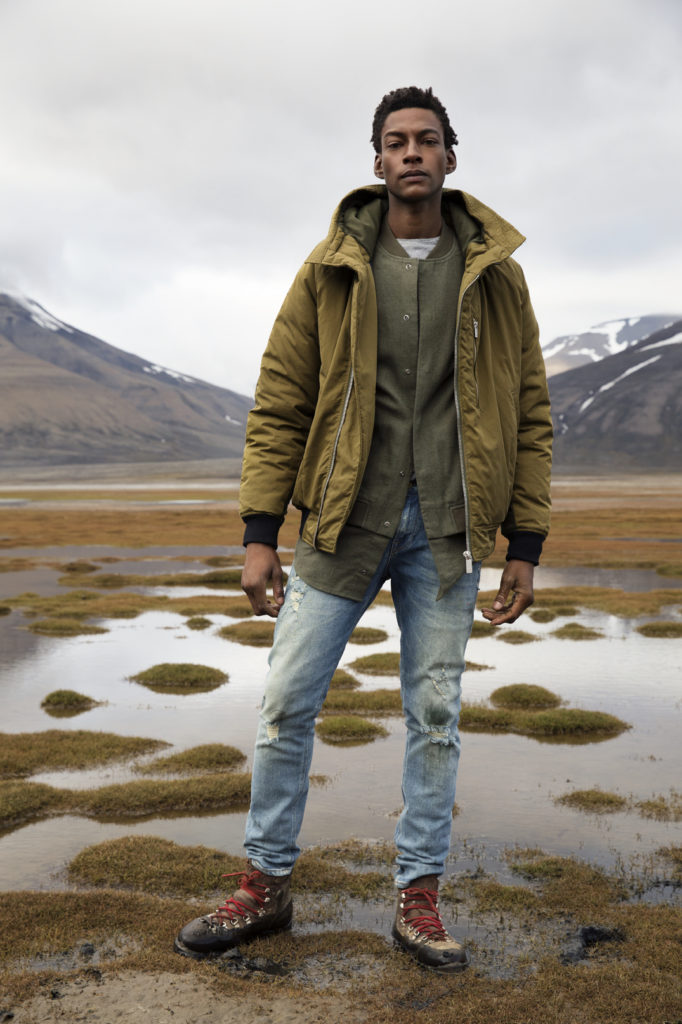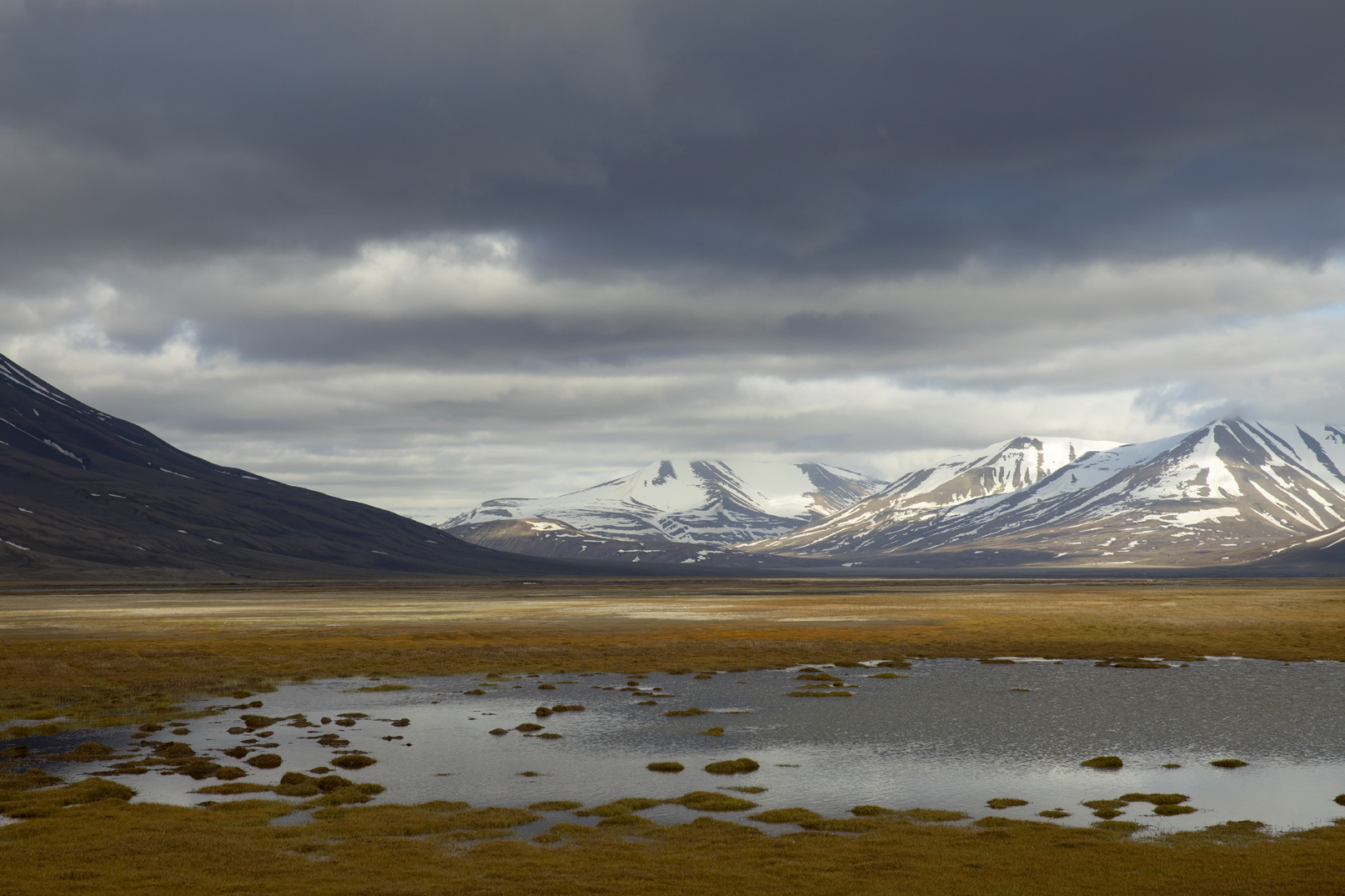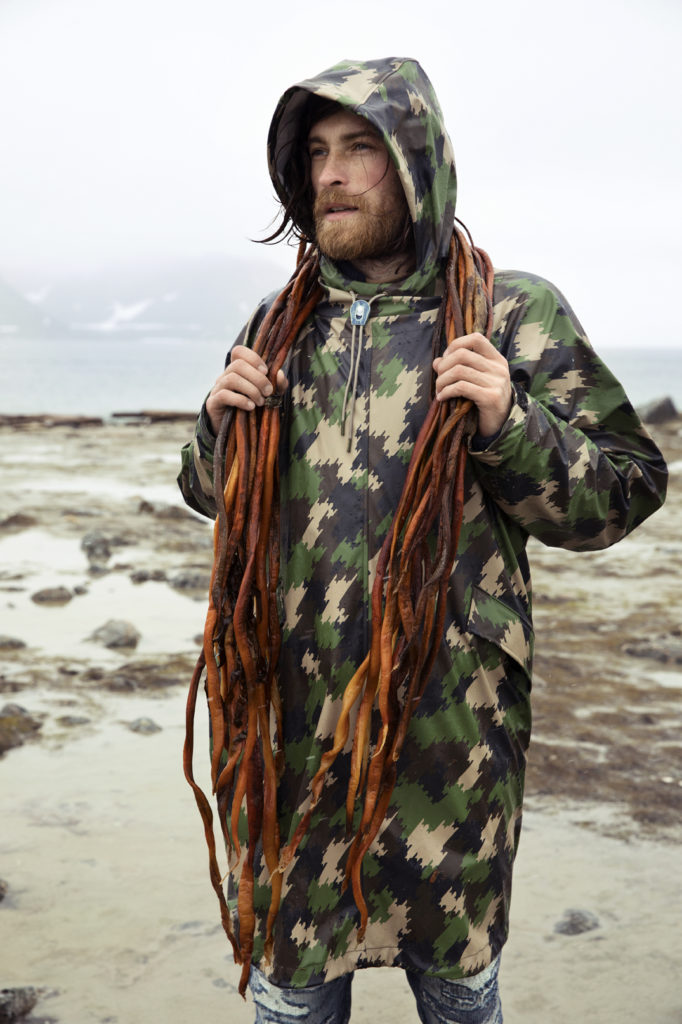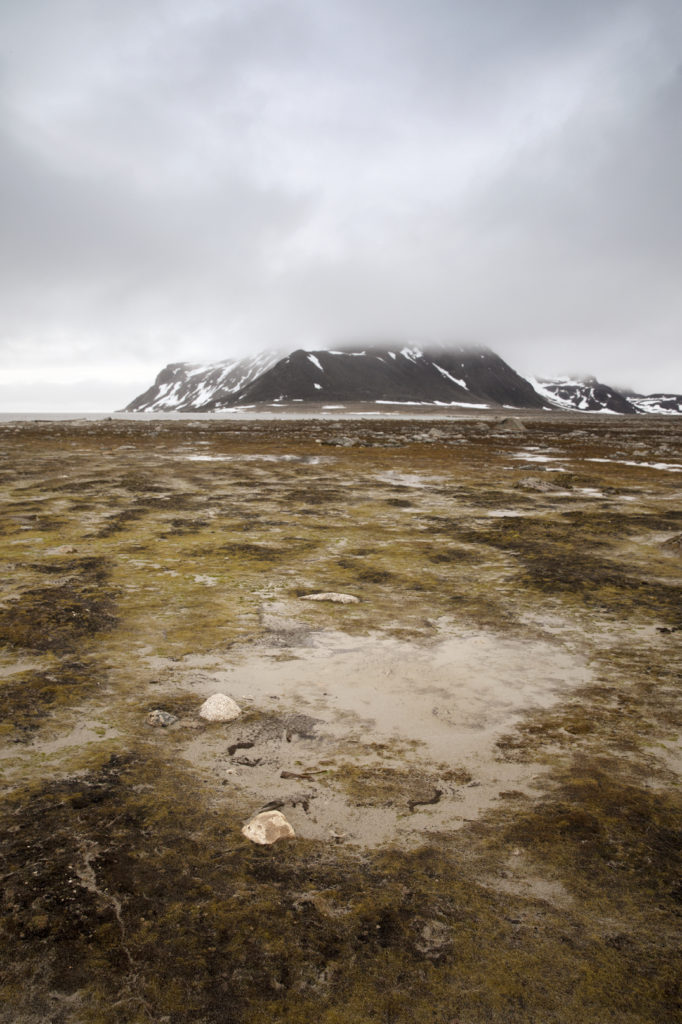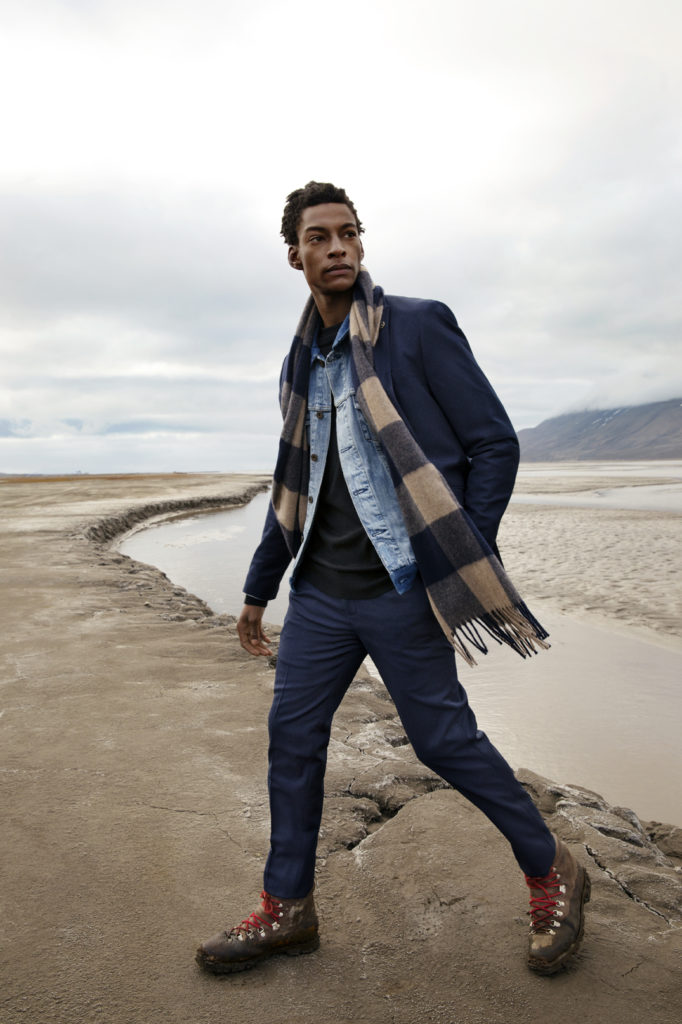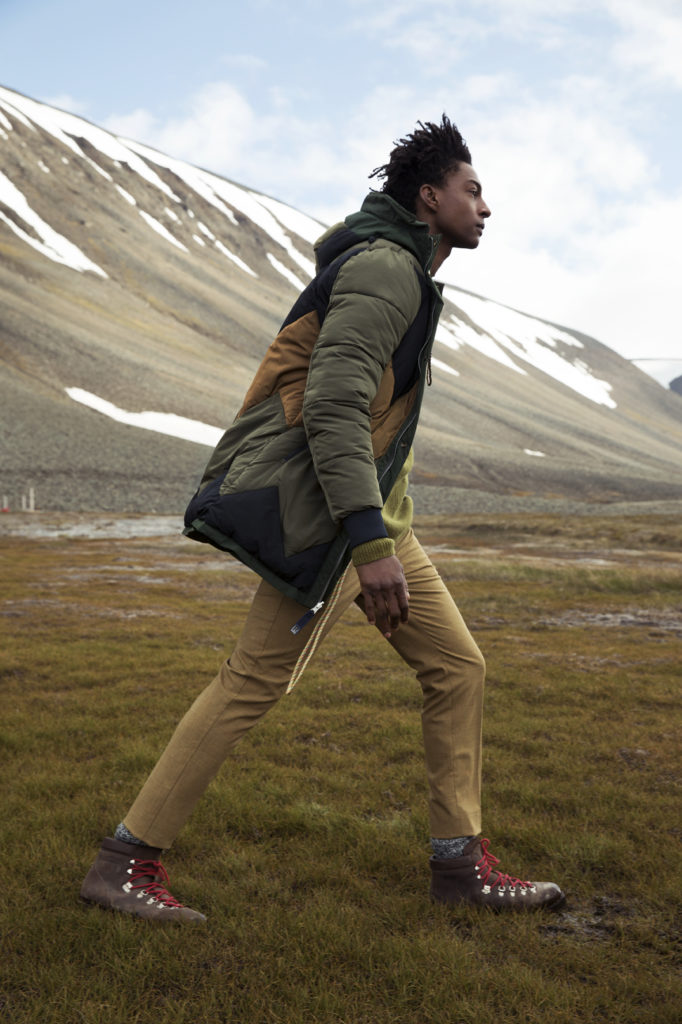Creative director Christoffer Lundman speaks to Port about cinema, the unique creative heritage of Sweden and what tailoring can mean today
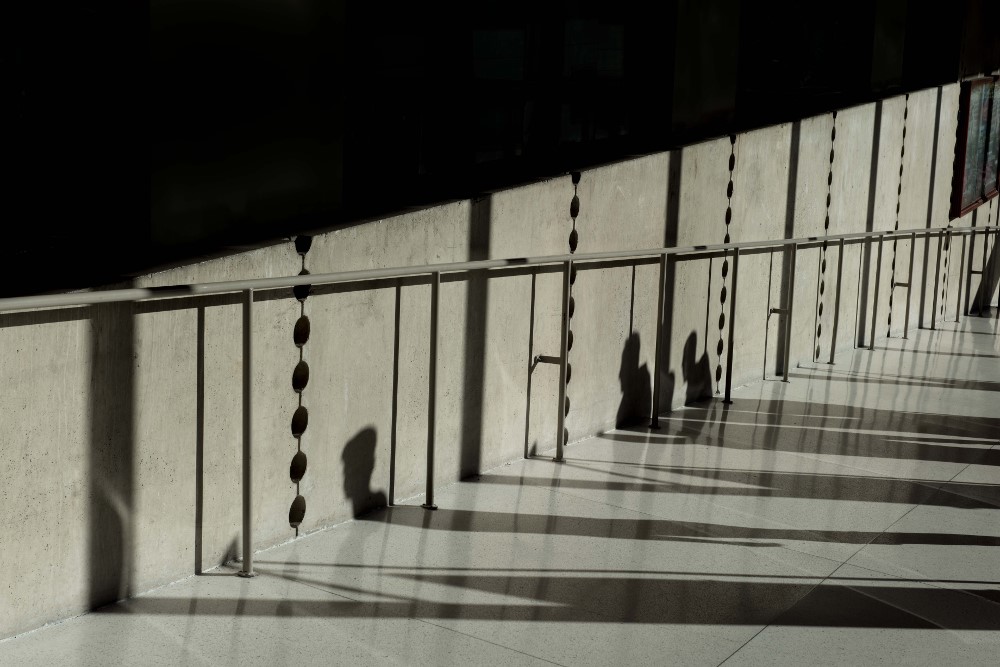
Entrepreneur and cultural magnate Harry Schein dreamt up the Swedish film reforms of the 1960s as a way to fuel the country’s creative industries and preserve the its cinematic heritage. Laying the foundation for the Swedish Film Institute, which opened in 1963 and funded the careers of those like director Ingmar Bergman, Schein’s reforms gave birth to one of the most creative periods in Swedish cinema.
The pioneering program led to the Filmhuset being built in Stockholm in 1970. Designed by Peter Celsing, the imposing building – filled with cinemas, production companies, costume rooms, a library and studios – was a haven for the art of filmmaking, and stands as a testimony to Sweden’s socially engaged government-funded film culture.
For fashion brand Tiger of Sweden, looking to the Filmhuset and such a rich era of creativity for their Autumn/Winter 18 collection not only served as inspiration but also marked a greater emphasis on the tradition and national heritage of the brand. It’s a focus that comes courtesy of Tiger’s new creative director Christoffer Lundman, the former design director at Burberry. Here he talks to Port about cinema, Swedish design and the future of tailoring.
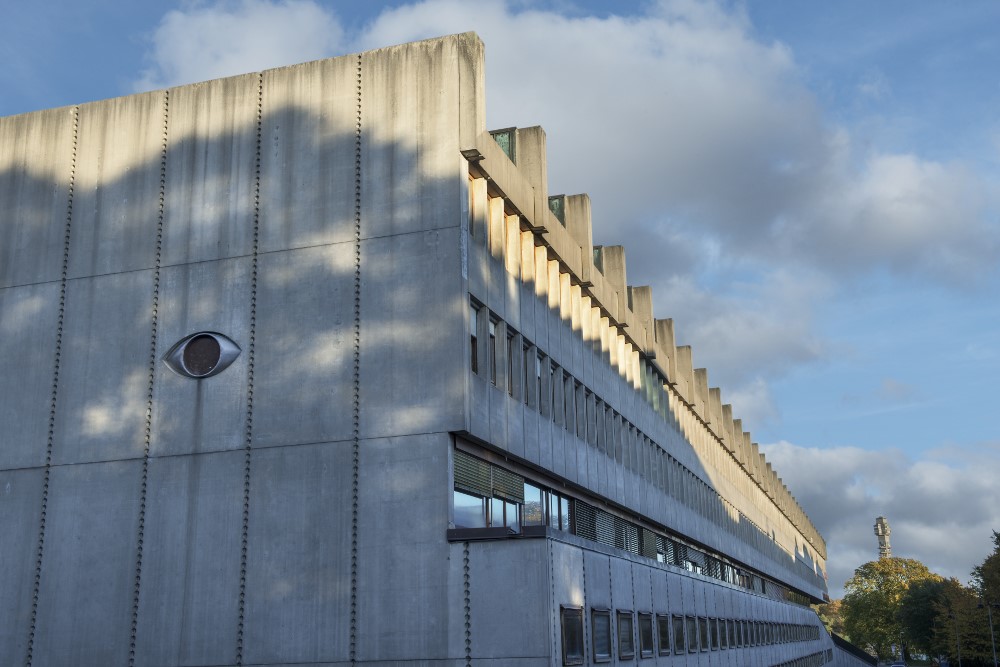
What attracted you to Tiger of Sweden?
I had an opportunity to tell a story – I wanted to be able to influence everything surrounding Tiger, not just the collections but how we communicate. It was a chance to speak about something bigger than clothes.
With this first collection I wanted to start talking about tailoring in a serious way again, and to also start communicating the idea of us as a heritage brand. We’ve been around for 115 years and I wanted the first collection to feel really effortless, that this is how it always looked and how it should look.
What were the initial references and ideas that you brought in?
We started with an incredibly wide scope because I wanted to say so many things about Sweden, but we filtered it down to centre on Swedish filmmaking in the 60s. I call it a backdrop, it’s a space we spend time in within the seasons which informs not just the designs but all the elements of how we communicate.
Then through that we wove in references to Swedish film, principally through these three icons: Harry Schein, who founded the Swedish film institute, Peter Celsing the architect that designed the Filmhuset – this amazing building in Stockholm which is full of cinemas and studios, and where we shot our campaign – and Ingmar Bergman, in a loose sense. There was this element of drama, this sort of loose story of film making, in the backdrop.
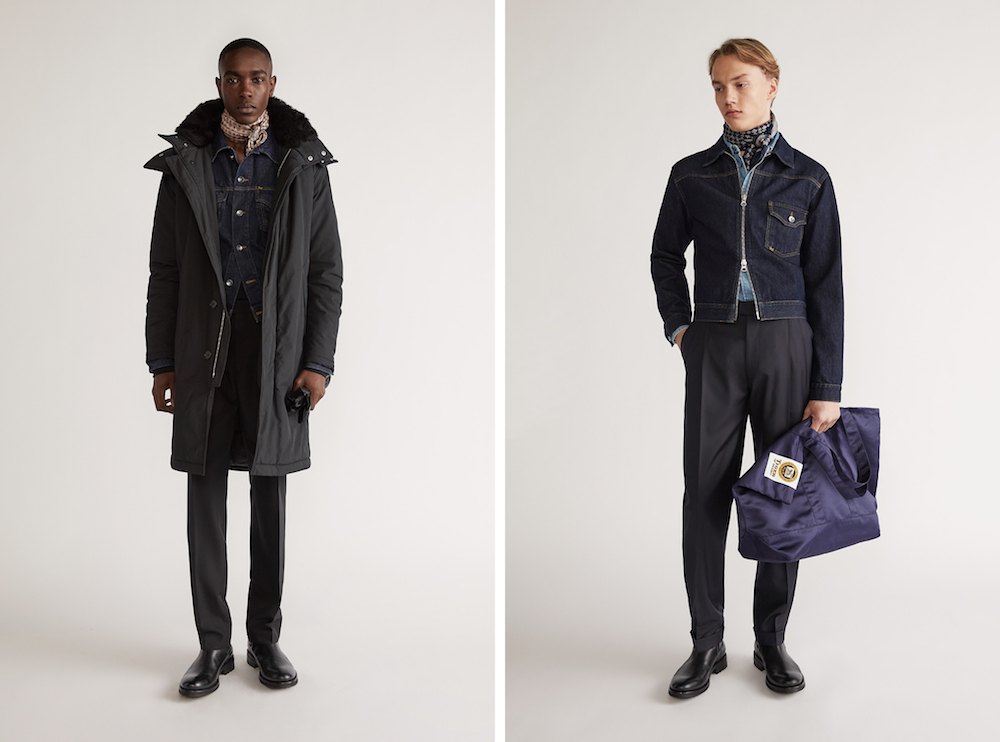
How would you characterise Swedish design?
What I find inspiring being back in Sweden is to look and see what we have accomplished as a society. It’s a place that’s undertaken this incredible journey from being a poor farming country to being an industrial, modern, wealthy country. But what is special is that this was driven by a political will, by the people, to make a form of model society.
For a period of time it created this amazing foundation and platform for politics, art, culture, society to intermingle. And it resulted in these buildings, like the film institute in Stockholm, which is an incredible monument both to culture and to Sweden, for building this institute, where 10% of all profits went back to into creating film – not just blockbusters, but creating niche film and making space for ideas.
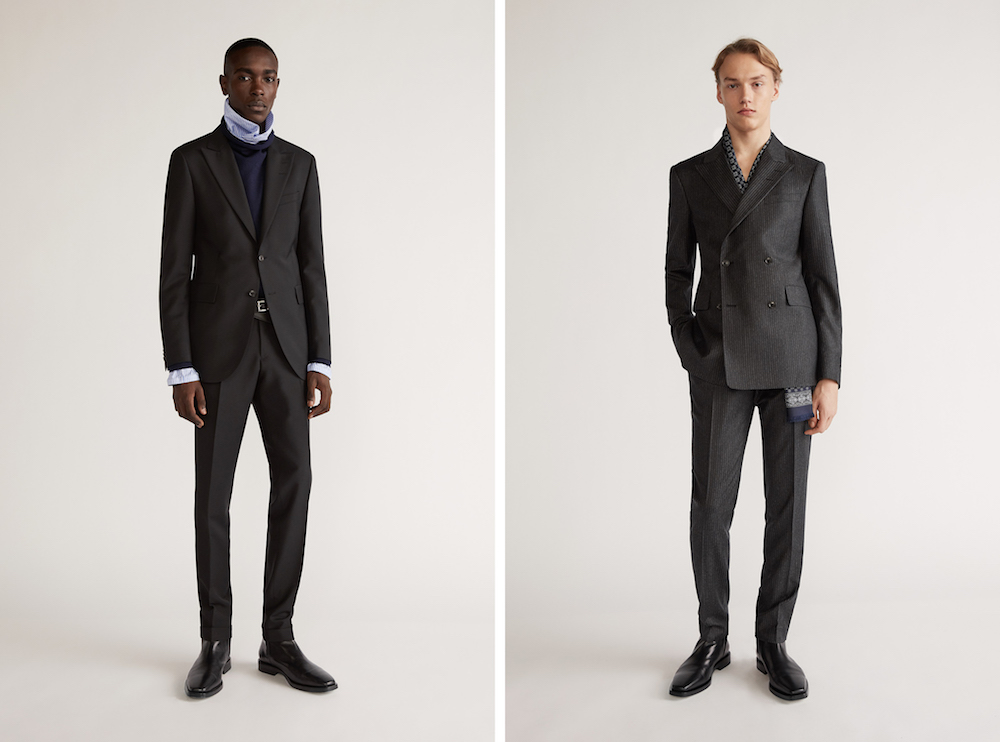
But I do think there’s this attitude to clothes here. We’re not a society with a big class divide. There’s no proper way to dress. It’s not like in England where there’s a right way to do the knot in your tie or the right way to do your pocket square. I think there’s a democratic attitude to design here, where it’s not for the elite necessarily.
The Swedish element in the collection is there in this kind of carefree attitude. We’re not trying to lecture people in the right way to wear a suit, we’re just saying you could wear it like this. I’m hoping that it’s communicating something that’s polished and clean, but not restrictive or restrained – I hope it comes across as playful.
You’ve said before in interviews that Tiger of Sweden is first and foremost a tailoring brand. From a British perspective, fewer and fewer people are wearing suits – what does it mean to be a tailoring brand today?
I think tailoring for me is an attitude, a way of looking at things. If we specifically talk about men, and if you look at what a suit has represented to men, it makes the individual feel part of something – it’s been the way you dress when you go to work, to know that you fit in, and that’s obviously being challenged. But I think you can still be a relevant tailoring brand by having a tailored attitude – it doesn’t mean someone needs to wear a full suit, it’s more about enabling them to feel confident and secure in themselves.
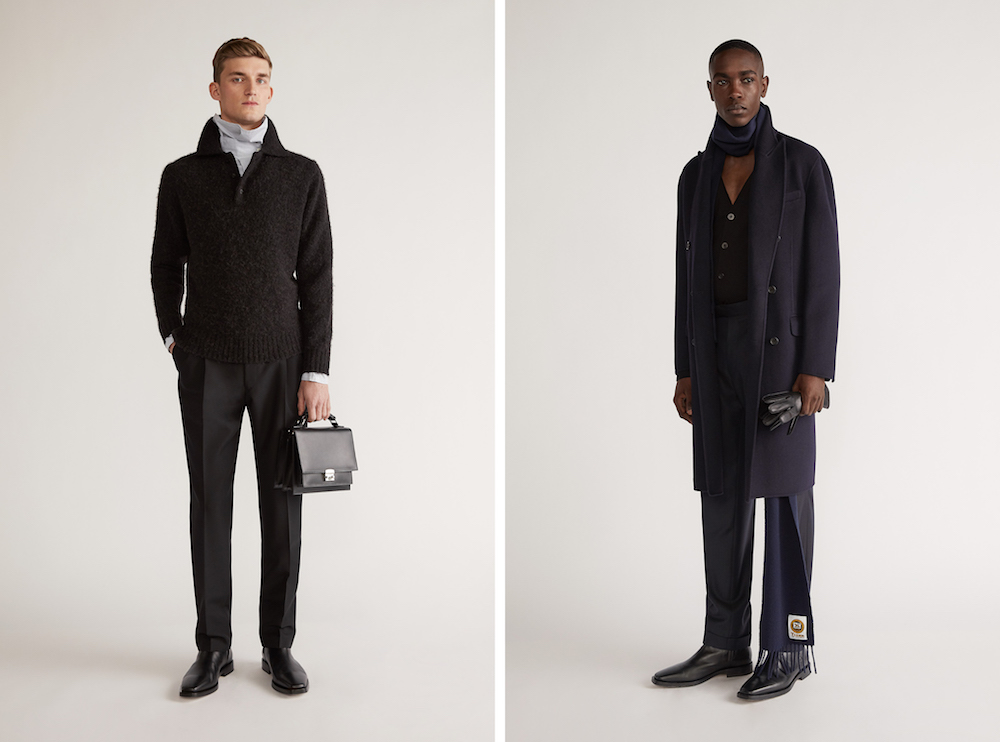
I see it as an amazing challenge, and a fun one. I don’t see it as a problem if the customer stops wearing suits, I see it as a bigger scope for me and my team to create exciting products for them. It makes us grow, and it makes us explore new things, new fabrics, new shapes.
I don’t want us to get stuck in any way. I think it’s my role to push the team and to develop the role in unexpected ways. This first collection was our opportunity, both as a team and as a company, to say this is what we’re about; we’re a tailoring brand, we have this amazing rich heritage. And there is no sort of straight road ahead – I think we need to continue to challenge ourselves and challenge customers.
